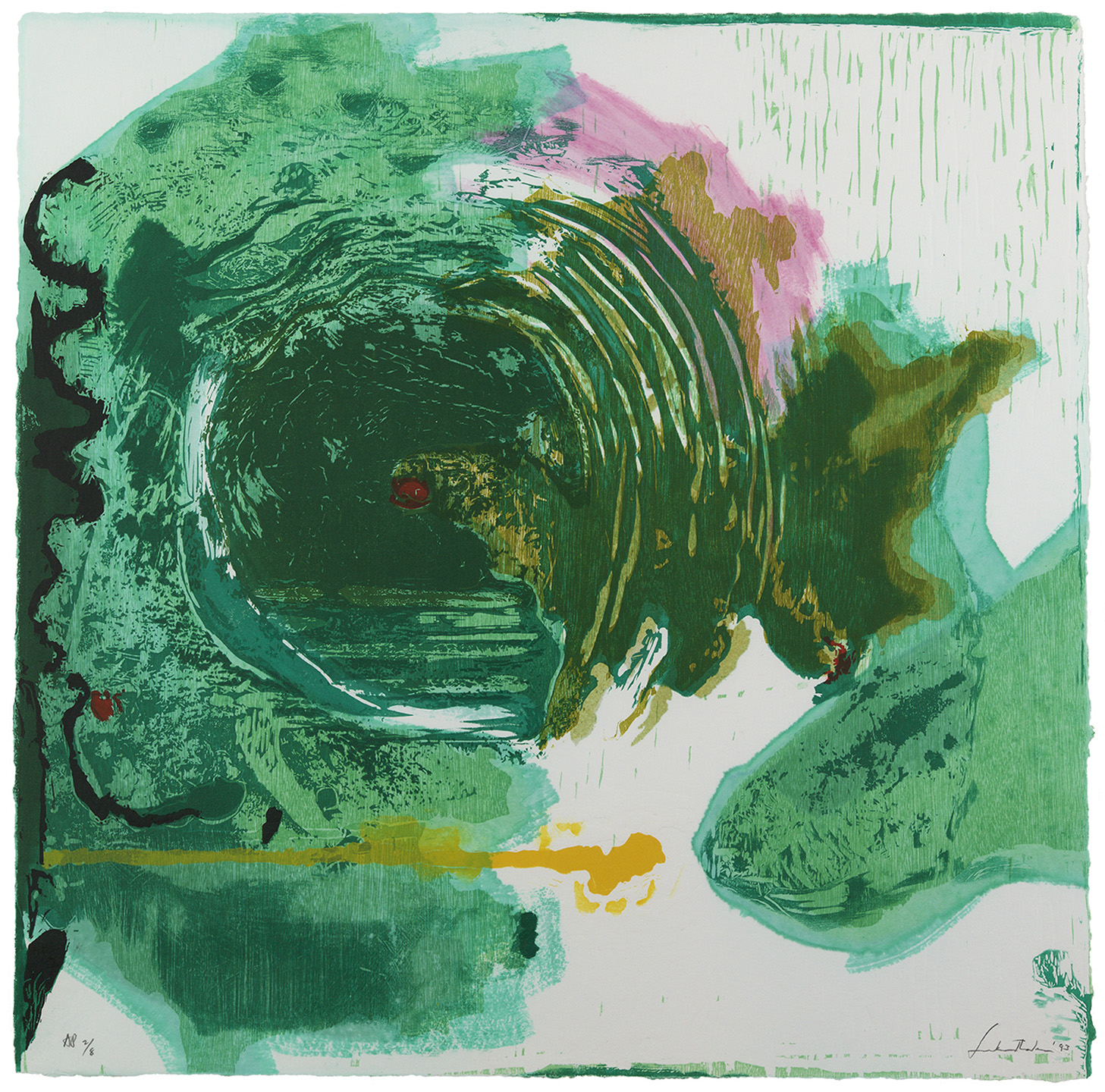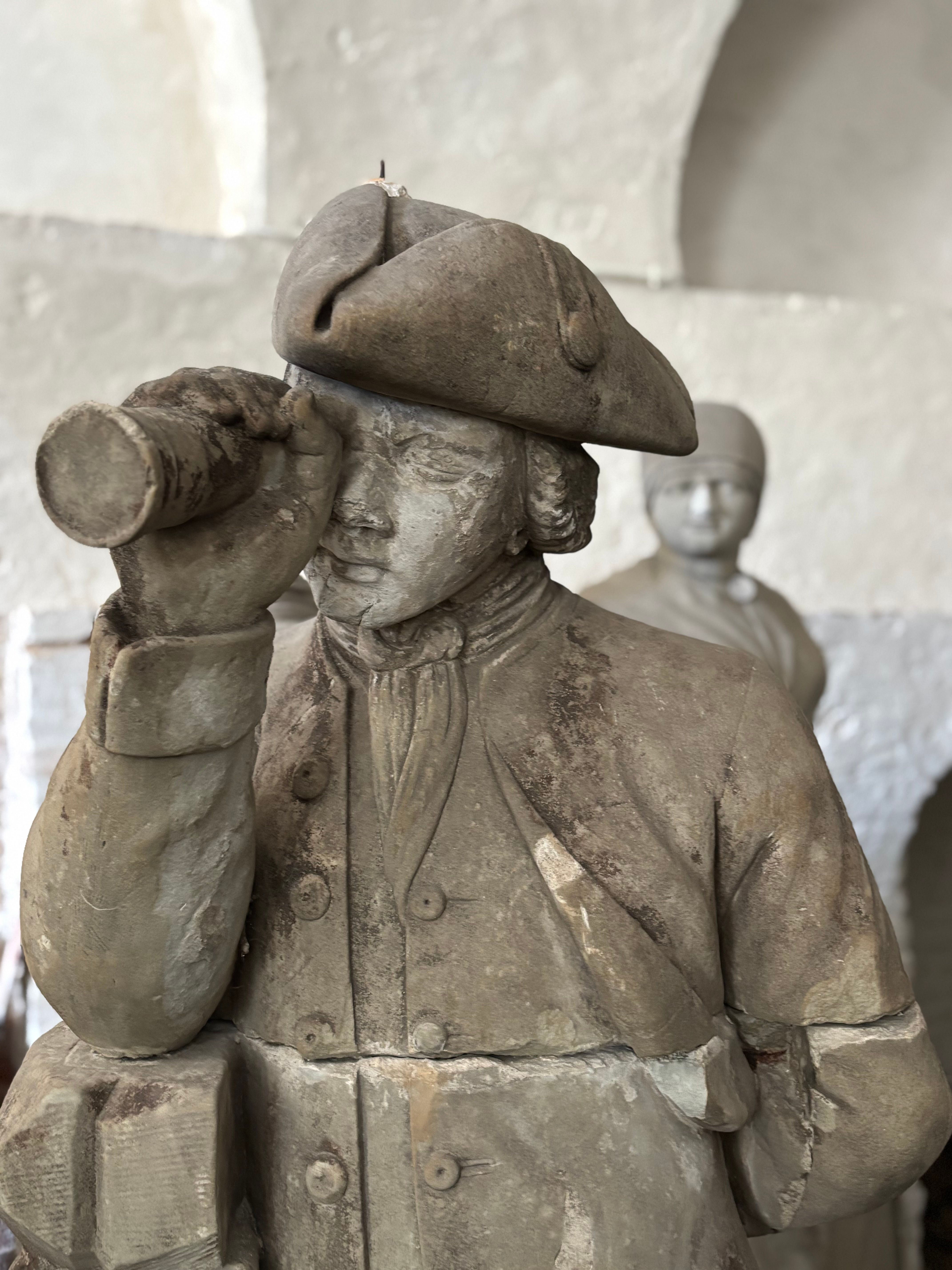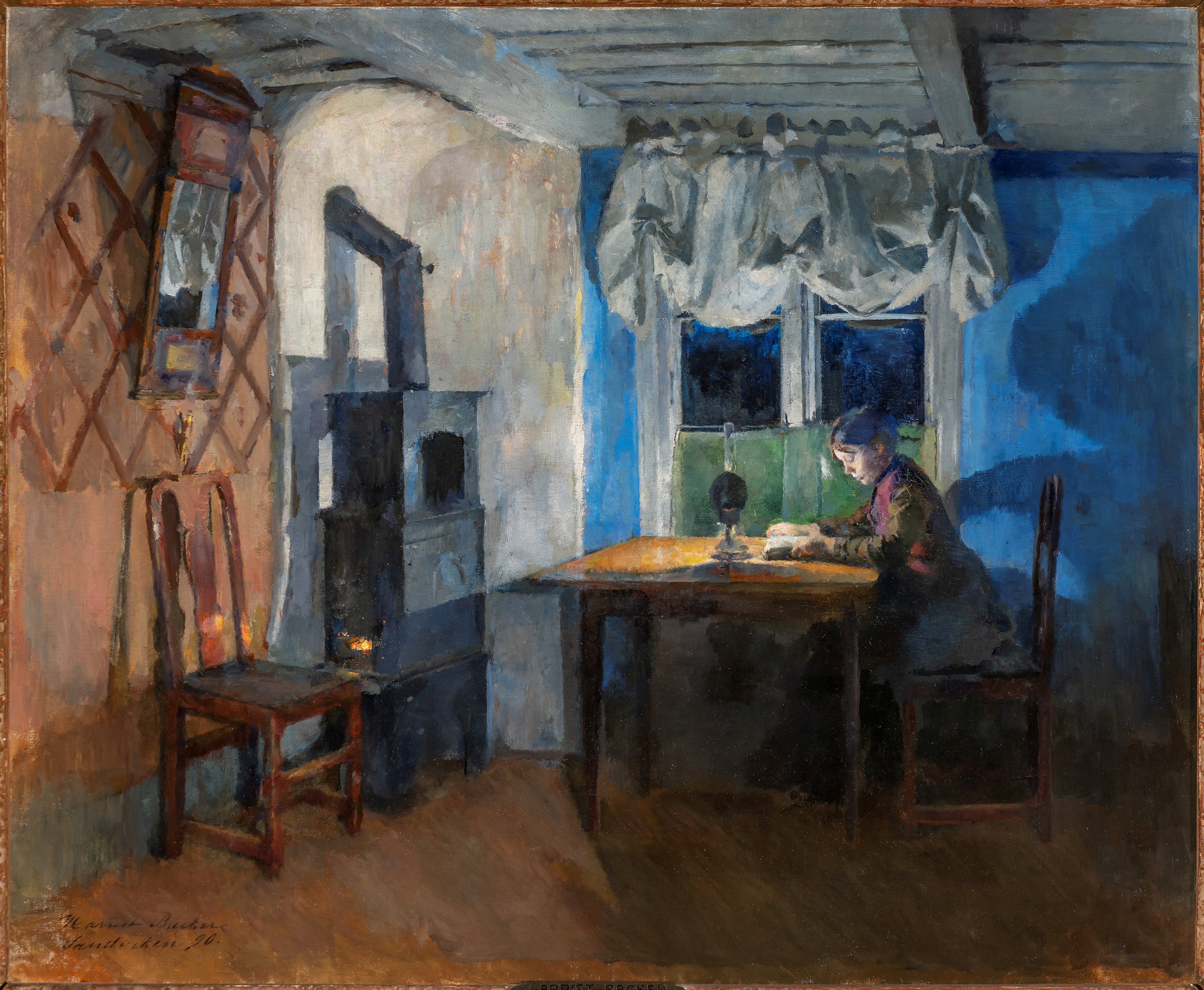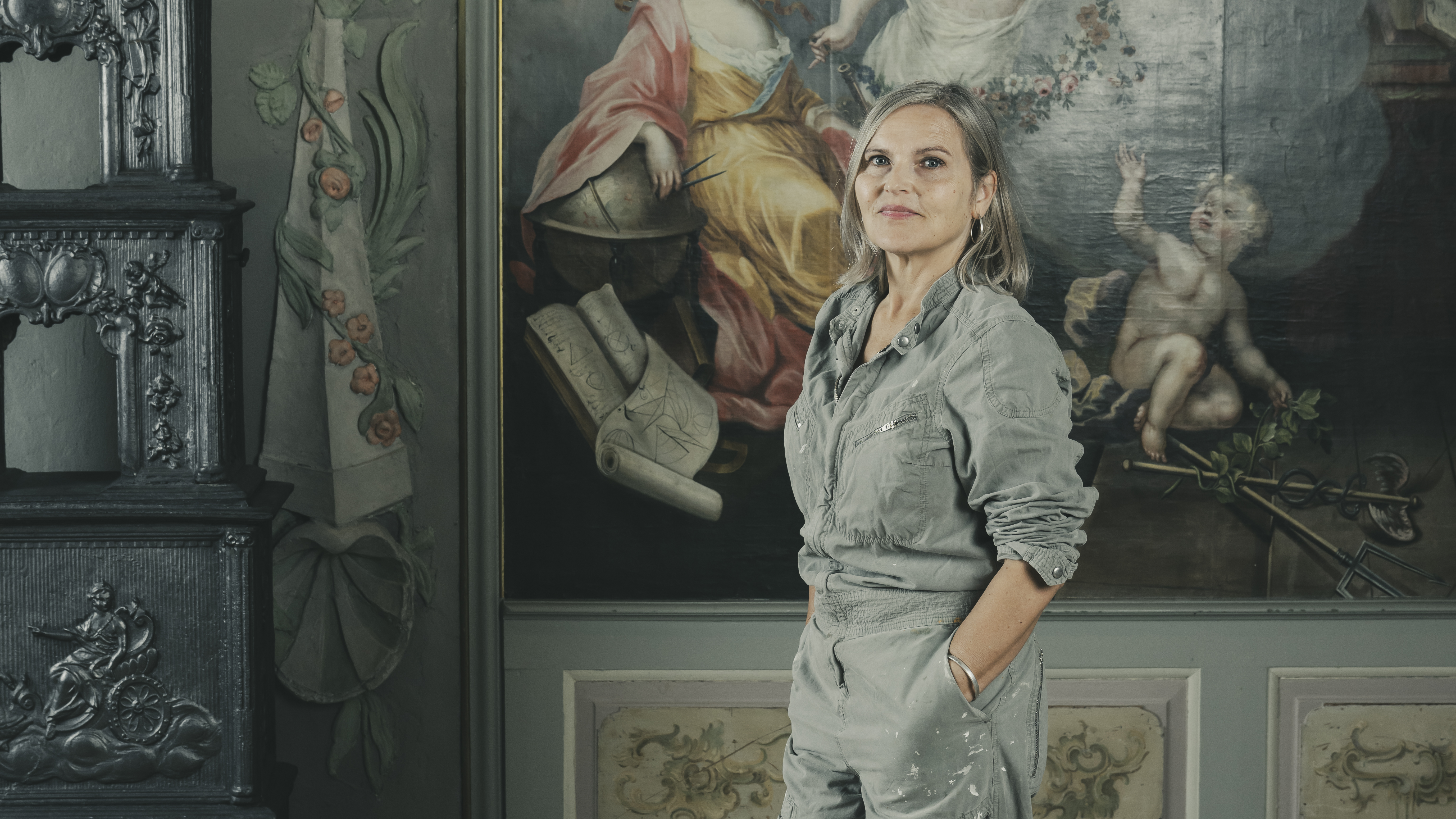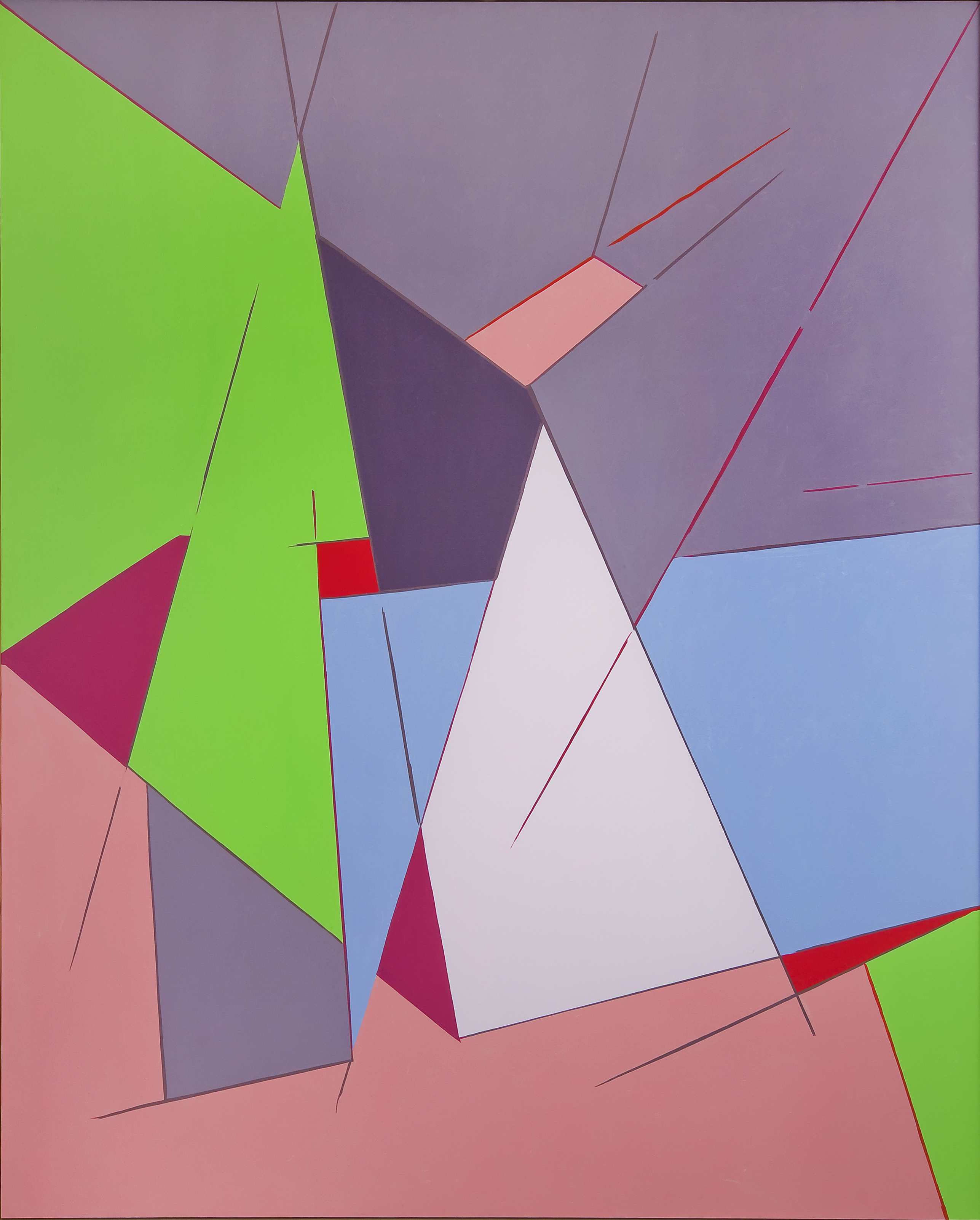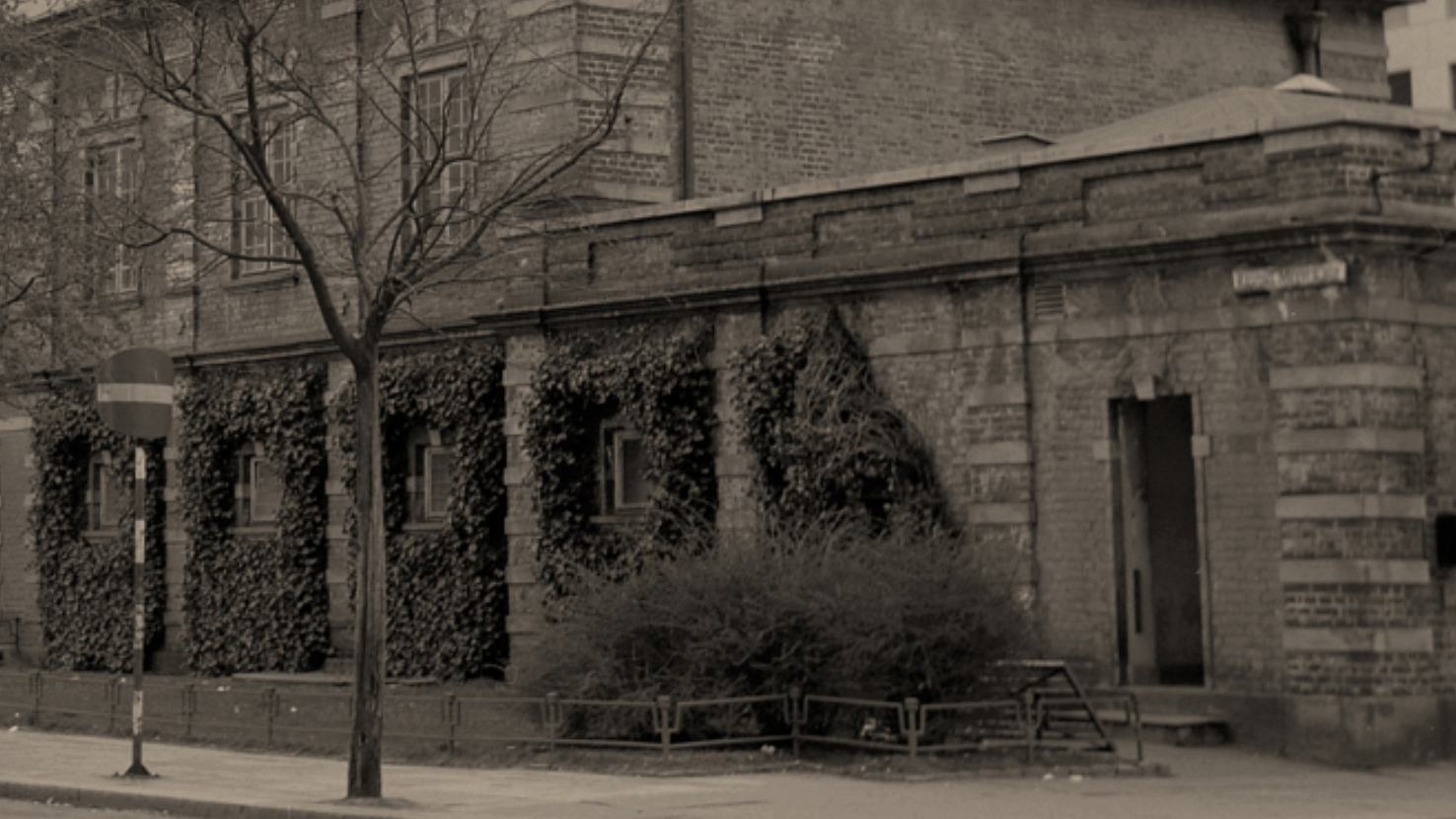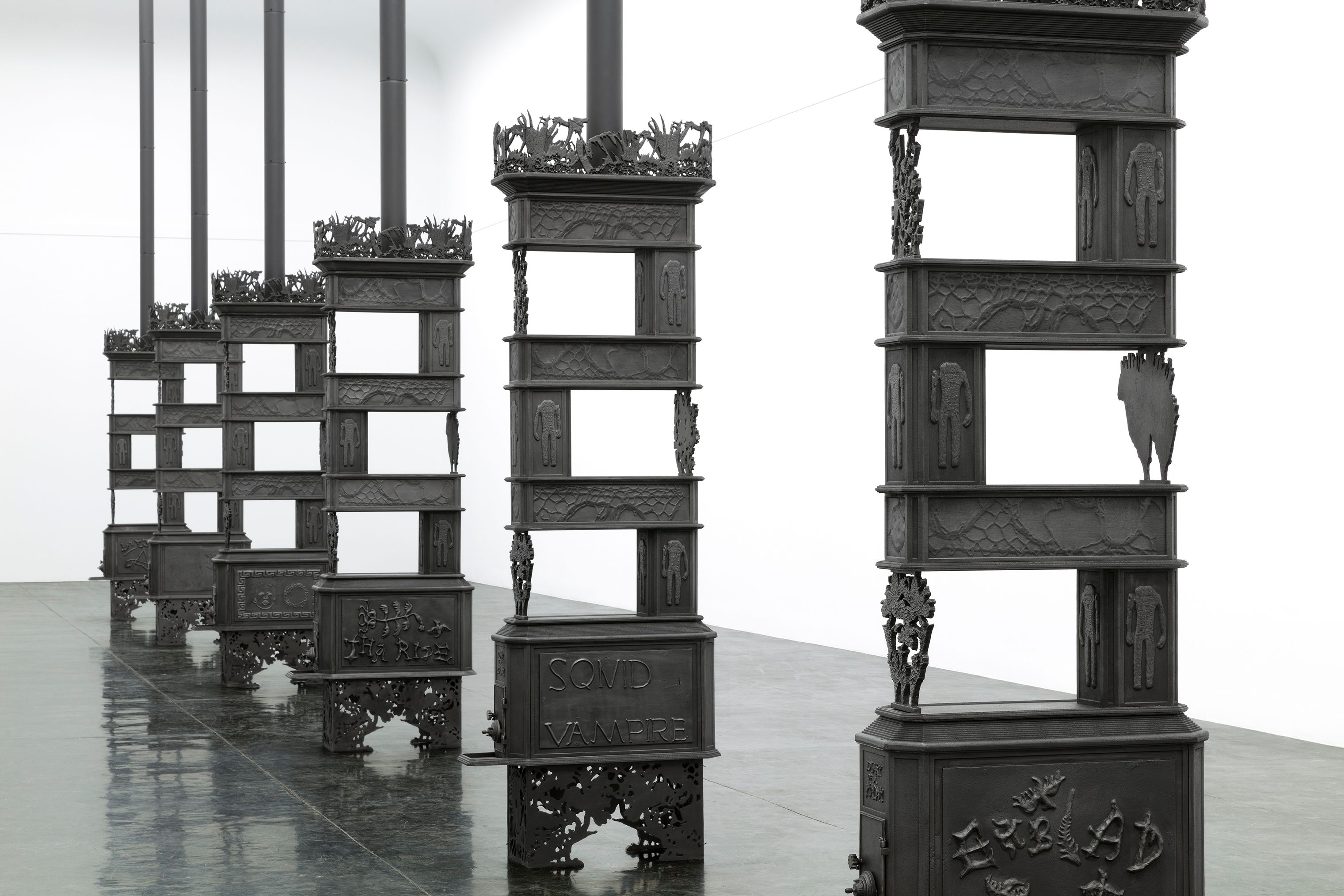Woodcuts: Prints and Proofs
February 8–April 21, 2019
Helen Frankenthaler – Woodcuts: Prints and Proofs at KODE, Bergen, is the first solo museum presentation of the late artist’s work in Scandinavia. Recognized as one of the leading American artists of the twentieth century and a key figure among the second generation of post-war American abstract painters, Frankenthaler is widely credited for her pivotal role in the transition from Abstract Expressionism to Color Field painting. She continued to innovate in painting, works on paper, graphics, and other media throughout her long career spanning six decades.
Groundbreaking woodcuts
Of her graphic works, Frankenthaler is best known for woodcuts, which she began in 1973 and continued until the end of her career. Her bold experiments in and embrace of this medium are acknowledged with launching its resurgence among artists in the late twentieth century. The exhibition Helen Frankenthaler Woodcuts: Prints and Proofs brings together 23 of her groundbreaking works from 1973 to 2009, as well as 25 proofs and original paintings on wood used to make several of the images. It includes her best-known examples, ranging from the early East and Beyond (1973), Savage Breeze (1974), and Essence Mulberry (1977) to Cameo (1980), Cedar Hill (1983), and Radius (1993), as well as later works such as the Tales of Genji series (1998), Madame Butterfly (2000), and her last woodcut, Weeping Crabapple (2009). Each reveals a distinctive approach to color and form and a desire to push the limits of what had been thought feasible in the medium.
Innovation and collaboration
Embracing risk and never confining herself to tradition, Frankenthaler expanded the formal possibilities of the medium and remains among its greatest innovators. To produce woodcuts in her unique style, Frankenthaler worked with several renowned print publishers, beginning with Tatyana Grosman of Universal Limited Art Editions (ULAE) and then later collaborating with Kenneth Tyler at Tyler Graphics Ltd., Garner Tullis, Kathan Brown at Crown Point Press, and Pace Editions, Inc.
Commenting on her practice, she once said: “The process of woodcuts—methods and materials—is totally different from painting or lithography or etching or anything else. That process engaged me…I had to learn from what it offered, what it resisted and what I could bring to it…My first woodcuts were done with jigsaws…Nobody else was making woodcuts on that scale or of that nature. These were very daring and exciting for everybody.”
Helen Frankenthaler – Woodcuts: Prints and Proofs is curated by independent curator Dana Hoegh and realized with loans from the Helen Frankenthaler Foundation, New York.
For further enquiries
matthew@suttonpr.com
